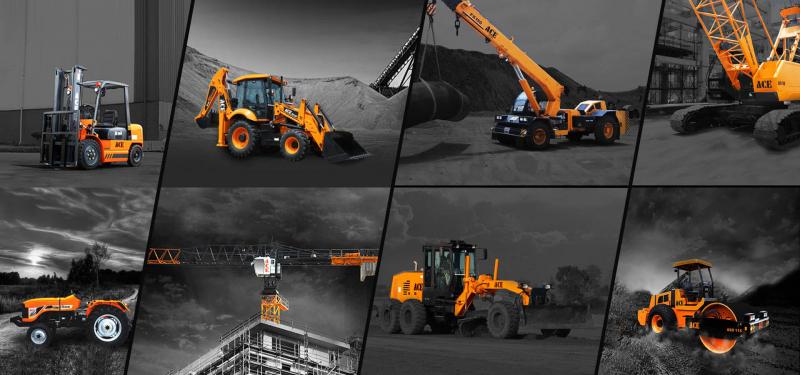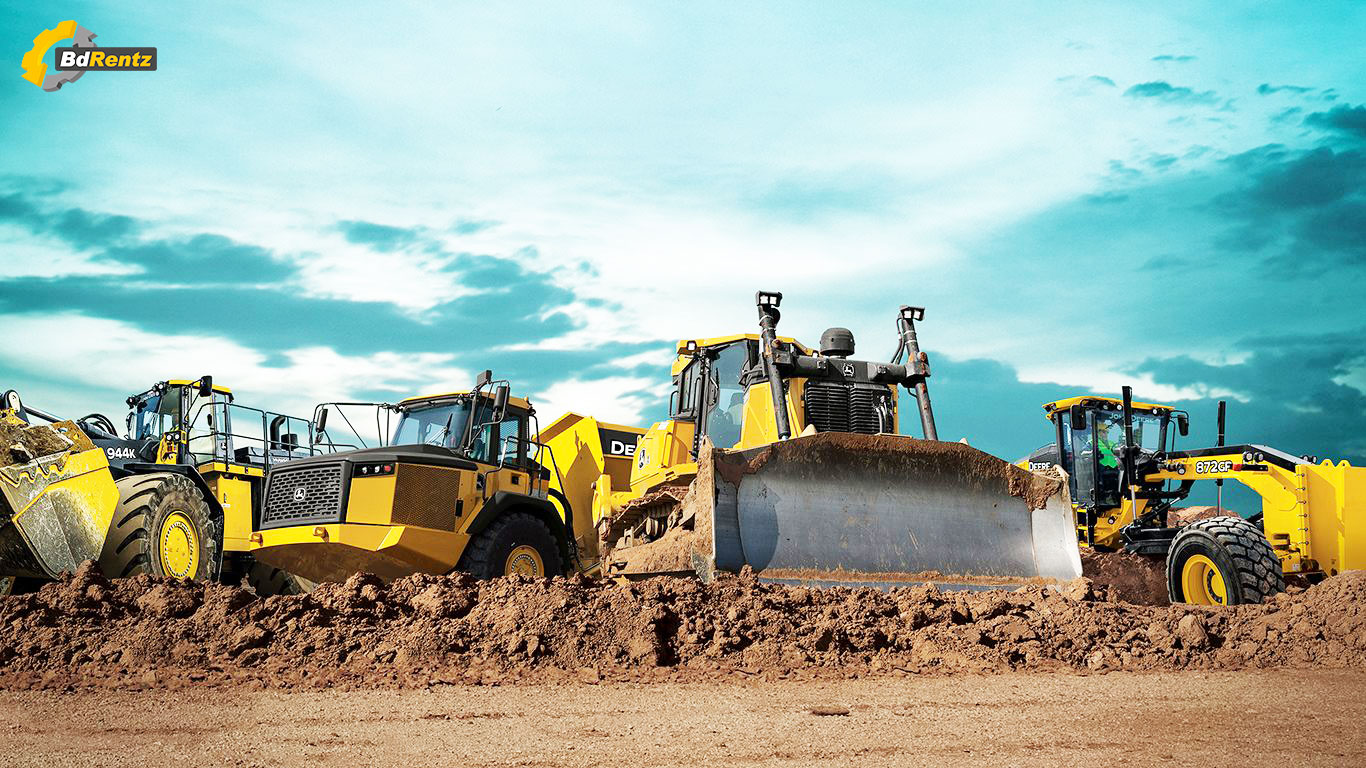Aerial Lift Rental: Versatile Lifting Solutions for High-Access Jobs
Aerial Lift Rental: Versatile Lifting Solutions for High-Access Jobs
Blog Article
Optimize Your Budget Plan by Understanding the Prices Connected With Building Tools Rentals
Comprehending the complete extent of costs connected with building and construction equipment leasings is critical for maximizing your budget plan. What approaches can be employed to efficiently handle these prices and ensure a more effective rental experience?
Overview of Rental Prices
When thinking about construction devices rentals, recognizing the connected prices is vital for effective budgeting and task planning. Rental expenses can vary substantially based on a number of elements, consisting of equipment kind, duration of leasing, and area. The initial rental charge frequently mirrors the equipment's market demand and its linked operational capacities, influencing the general expenditure.
Along with the base rental price, ancillary expenses might arise, such as transportation costs, fuel surcharges, and upkeep costs. It is necessary to make up these extra expenses to accurately evaluate the overall price of leasing equipment. Furthermore, the rental period can impact pricing; longer services may get approved for affordable rates, while temporary services might sustain greater everyday costs.

Breakdown of Rental Prices
A thorough understanding of rental prices is important for service providers and job managers intending to enhance their budget plans. Rental prices for construction tools usually contain a number of elements, consisting of base rates, time-based fees, and usage costs.
Base prices are the core costs connected with the leasing of the tools, typically identified by the type and dimension of the equipment. These rates can vary considerably, affected by elements such as equipment demand, availability, and regional market trends. Time-based charges, which might be daily, weekly, or monthly, offer to fit different task timelines and rental periods.
Additionally, rental prices may consist of use costs, which are appropriate when tools is utilized beyond a defined limit, making certain that the rental business can make up deterioration. Seasonal demand variations can additionally affect rental prices, with peak building periods commonly commanding greater prices.
Furthermore, comprehending the rental business's plans regarding upkeep and insurance coverage can offer further insight right into the overall price structure. By assessing these elements, contractors can make educated choices, guaranteeing the choice of rental equipment lines up with both task demands and spending plan constraints.
Extra Charges to Think About
Recognizing the complexities of added fees is important for contractors to manage their total leasing expenditures properly. Beyond the typical rental rates, numerous supplementary fees can significantly impact the total expense of tools service. These fees typically include distribution and pickup fees, which can differ based upon range and logistics associated with moving the equipment to and from the work site.
Additionally, some rental business may enforce gas surcharges if the devices is returned with much less fuel than when rented. It is also necessary to recognize potential cleaning charges, specifically for specialized devices that calls for detailed upkeep after use.

Thoroughly evaluating the rental arrangement and clearing up these extra fees upfront can help specialists prevent unanticipated prices and ensure that budgets continue to be intact throughout the project lifecycle.
Repair And Maintenance Expenses
Regular upkeep and repair costs are commonly neglected aspects that can considerably affect the overall expense of construction devices leasings. When renting out devices, used heavy equipment it is vital to consider not just the rental charges however also the possible expenses connected with keeping the machinery in optimal operating problem.
Numerous rental firms consist of fundamental upkeep as component of the rental agreement; nevertheless, extra unanticipated breakdowns or comprehensive fixings can lead to added expenses. It's necessary to examine the rental contract thoroughly to understand what maintenance services are covered and what obligations fall on the renter.
Moreover, devices that is not well-maintained can bring about inefficiencies at work website, possibly increasing and causing hold-ups task costs. To reduce these dangers, it is a good idea to perform routine inspections and maintain open communication with the rental service provider pertaining to any kind of concerns that occur during use.
Insurance and Obligation Prices
Insurance and look these up responsibility expenses are critical parts that can considerably affect the general expense of building equipment rentals (forklift rental). These expenses make certain that both the rental firm and the customer are protected from possible financial losses emerging from crashes, damages, or burglary during the rental duration

In addition, customers must be mindful of any type of deductibles or exclusions in the insurance policy, as these can affect potential out-of-pocket expenses. Recognizing the terms of any type of insurance protection is crucial to prevent unexpected prices. Inevitably, budgeting for insurance and liability expenses can help make sure a smoother rental experience and safeguard versus monetary risks connected with building jobs.
Final Thought
In conclusion, a comprehensive understanding of the costs linked with construction equipment leasings is important for efficient budget administration. Ultimately, educated decision-making relating to tools services adds to the overall success of building and construction endeavors.
Rental costs can differ considerably based on a number of variables, including equipment kind, duration of rental, and location (heavy equipment rental). The rental period can affect rates; longer leasings may certify for discounted rates, while temporary leasings may incur higher daily charges
By conducting complete research study and involving with respectable rental firms, contractors can efficiently browse the intricacies of rental prices, ultimately maximizing their monetary sources.
Past the typical rental rates, different supplementary costs can substantially impact the total price of equipment leasing. Rental firms frequently give liability insurance policy that covers injuries to third events or damage to building, while devices damage insurance coverage can cover the price of repairs or replacement if the rented out equipment is damaged.
Report this page